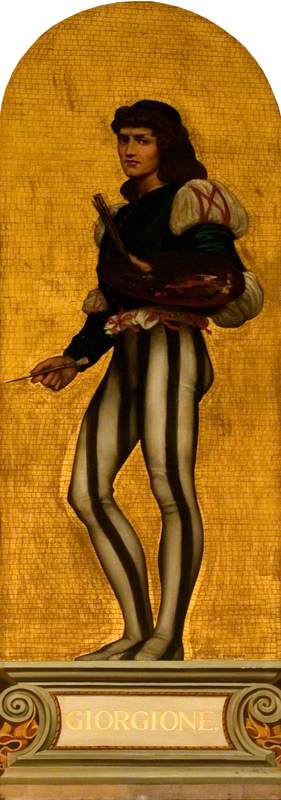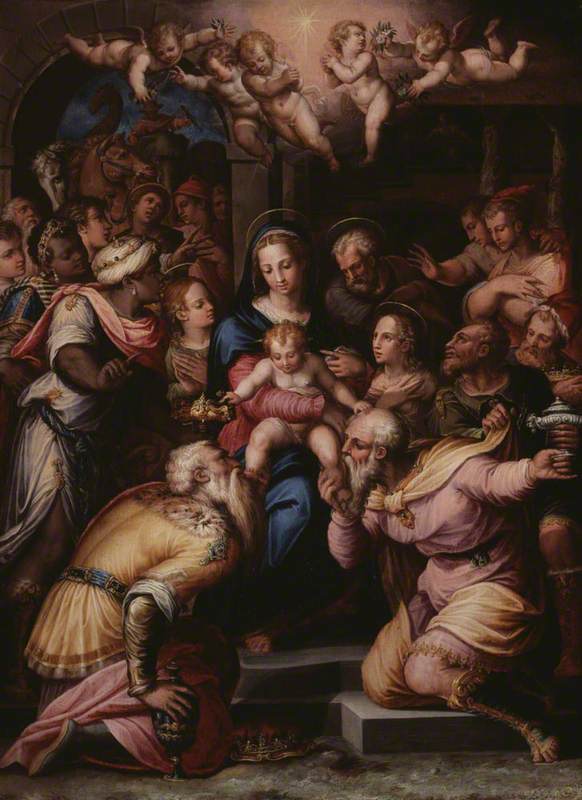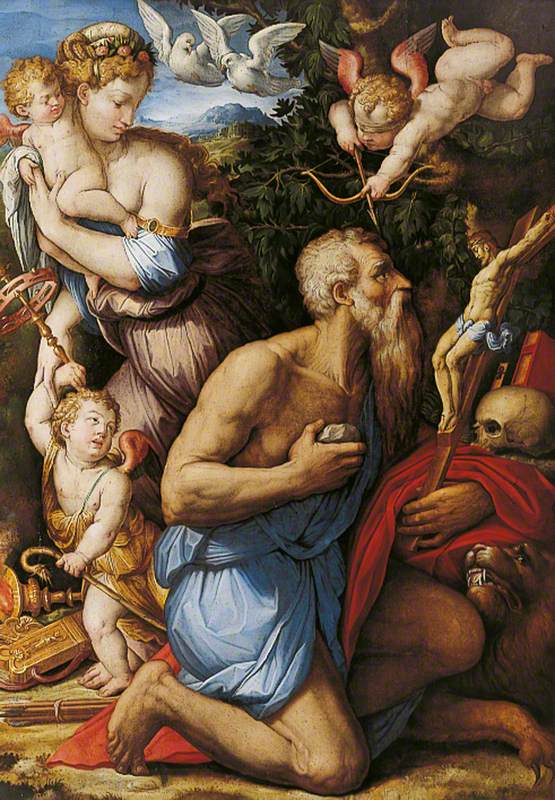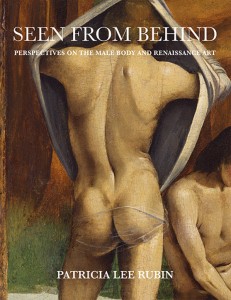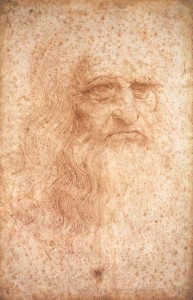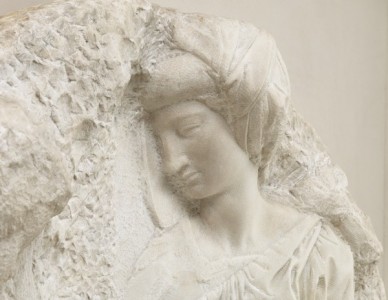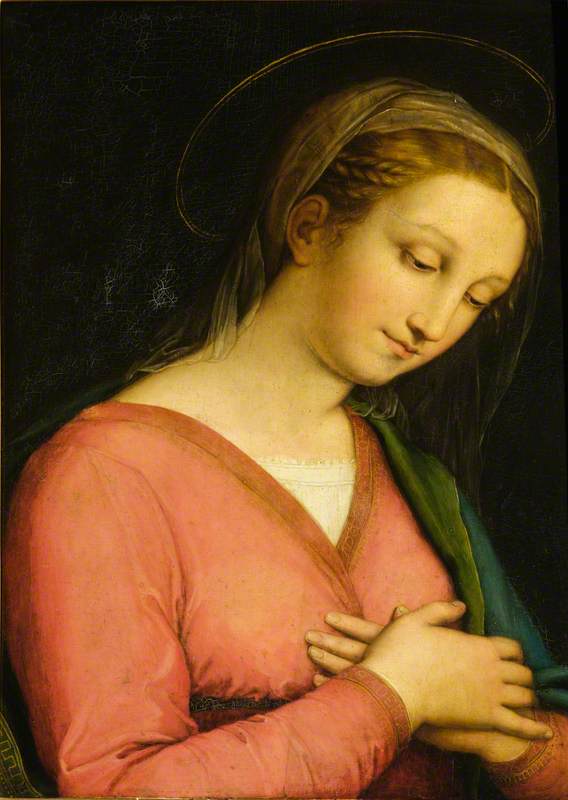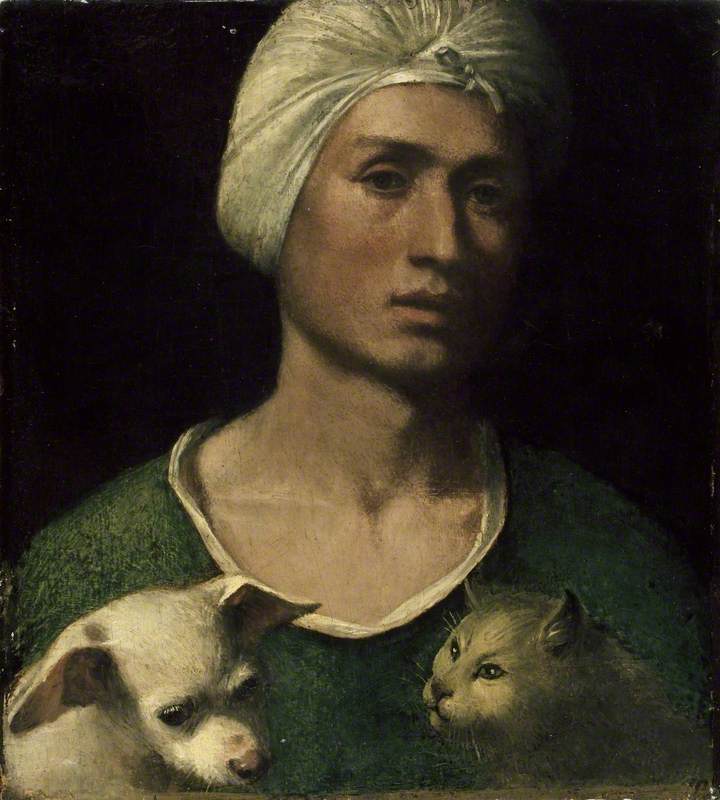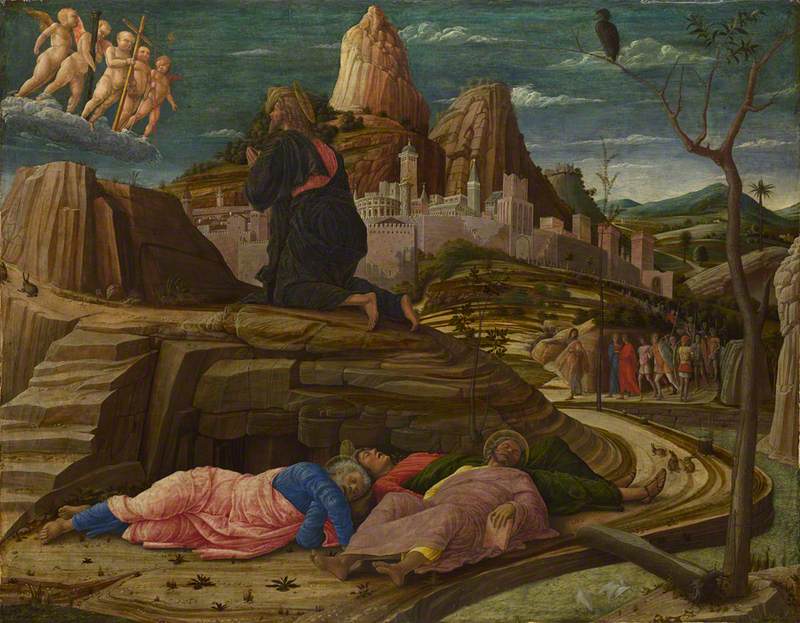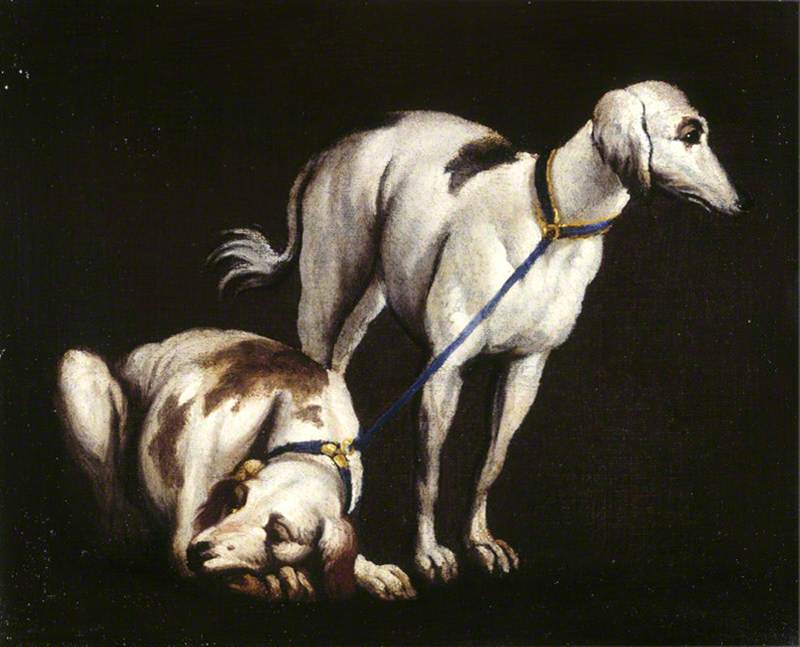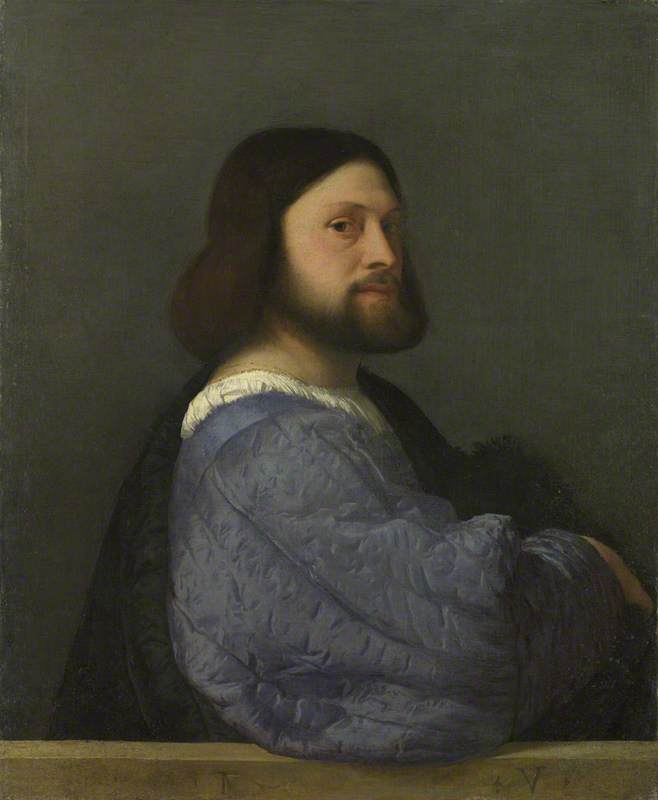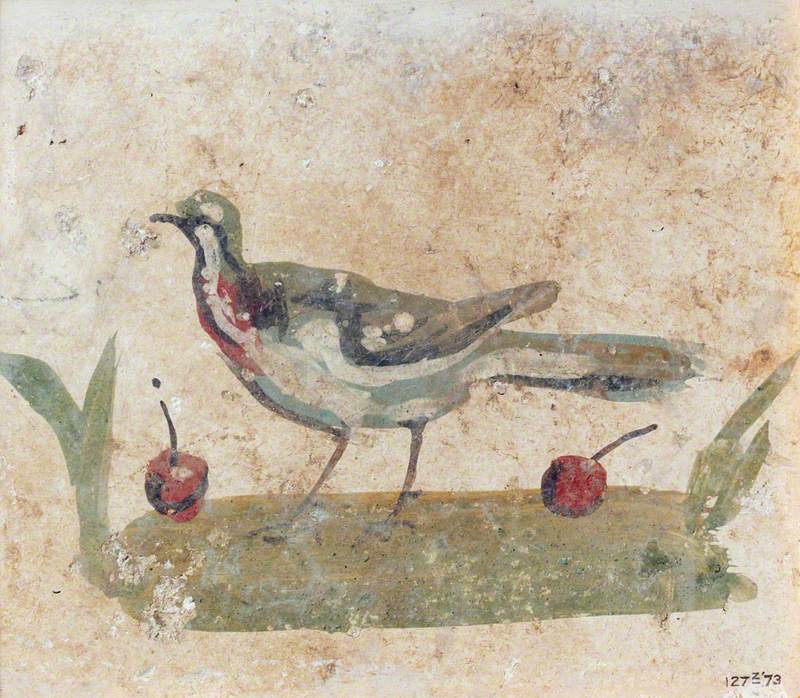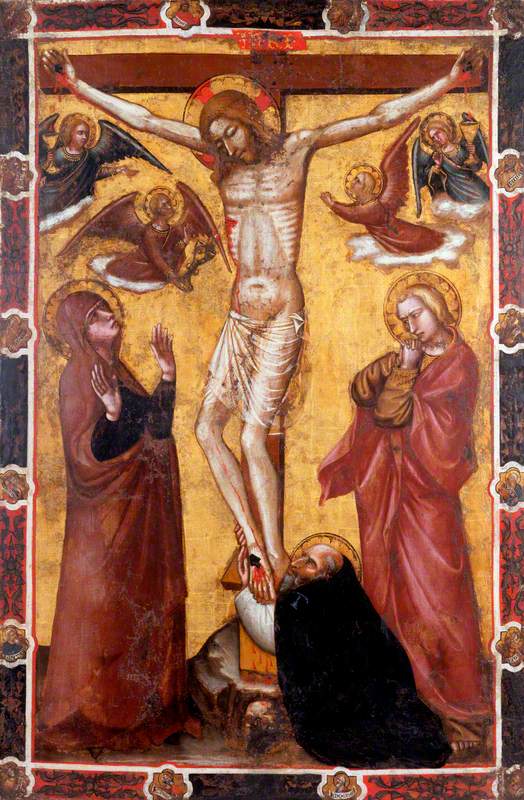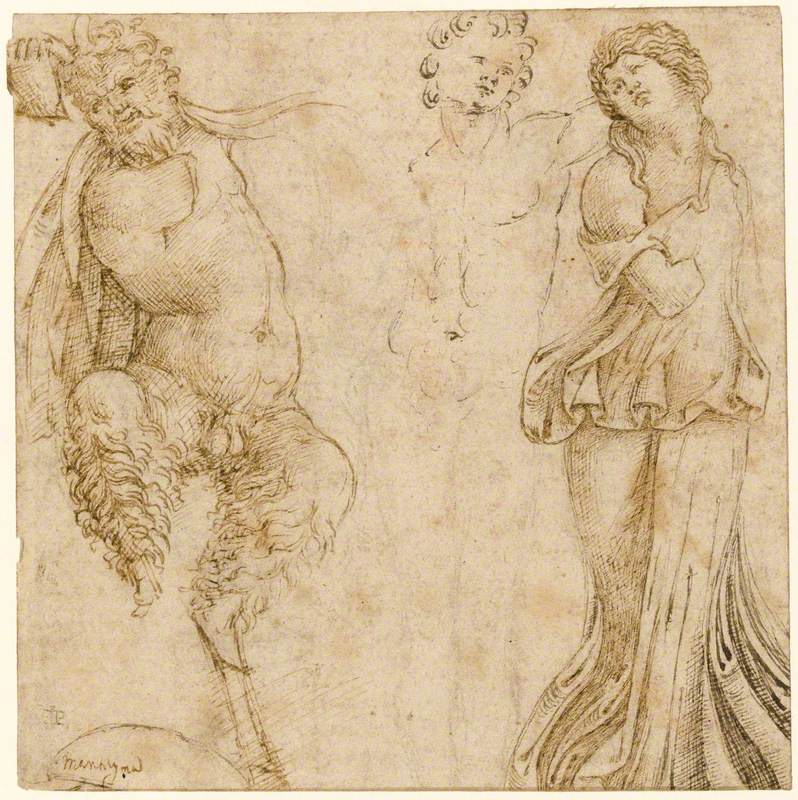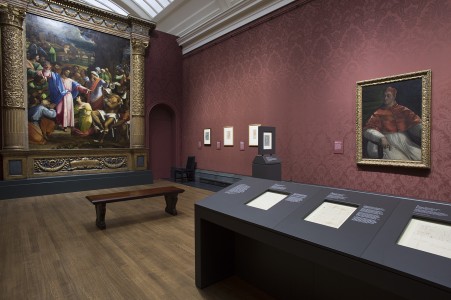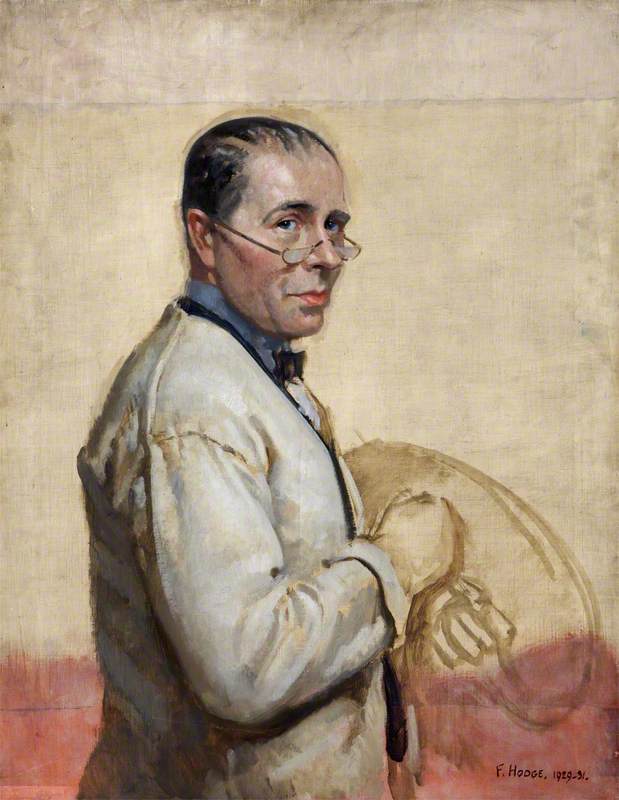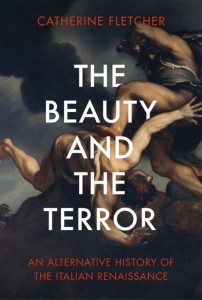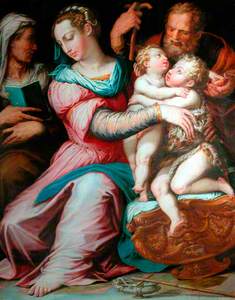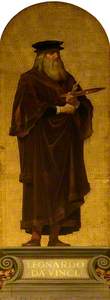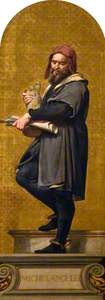According to Giorgio Vasari, his seminal art history text Lives of the Artists was conceived one summer evening in 1550, at a dinner party in the Roman palazzo of Cardinal Alessandro Farnese.
The guest list was luminous, though Vasari, a thirty-something painter just beginning to make his mark in Rome, was very much a junior at the table. After some musical entertainment, good wine and a little gossip, the conversation turned to art.
One of the guests, Paolo Giovio, described a private museum of portraits he was amassing at his home in Lake Como. It had occurred to him, he told the group, that he should write a short treatise for visitors to read, covering the succession of men who had influenced art in Italy over the last three centuries. He threw out examples, but either for want of knowledge or sobriety, he kept confusing names and birthplaces, even misattributing many works. Vasari, itching to correct him, only just managed to keep his mouth shut.
When Giovio finally finished talking, the Cardinal turned to Vasari. 'What does our young painter think of this idea? Will that not be a noble labour?'
'Indeed it would,' Vasari blurted out. 'But perhaps our honourable friend could be assisted by someone who is an artist, to put things in their proper order and relate them as they really are?' The group fell silent. There was an uncomfortable pause. Then Cardinal Farnese clapped him on the shoulder. 'Well, Giorgio, perhaps you might give a clear account of all these craftsmen and their works, in their right order. Gentlemen, let us raise our glasses to Giorgio Vasari, whose thorough account of the lives of our greatest artists will undoubtedly prove very fine.'
And very fine it was too. Running to two editions over ten years and featuring more than 300 short, opinionated biographies of every major artist sculptor and architect from Cimabue to Michelangelo, Vasari's Lives gave narrative shape to three centuries of a rolling artistic revolution which he dubbed 'the rebirth', or the Renaissance. And in doing so, he invented (at least for Europeans) the discipline of art history. He also invented a few other things too. Later art historians would expose a number of faults, including his fondness for gossip and embellishment, what we might now call 'alternative facts', in the pursuit of a good story. Even that dinner party he so colourfully described has another reality. At least two of the guests he named were dead in 1550 and he himself may not even have been in Rome at the time.
Given the incomparable nature of the achievement, posterity has always forgiven him. But did it bother him at all? How and why did he choose to massage some facts and not others? And having created a pantheon of greatness leading up (in true Catholic fashion) to a triumvirate of divinity – Raphael, Leonardo da Vinci and at the pinnacle Michelangelo – how did he see himself, coming in their wake?
Vasari the man, workaholic, driven, feted, immensely successful, yet haunted by all that he has not achieved, is the subject of Eileen Horne's trilogy of plays for BBC Radio 4.
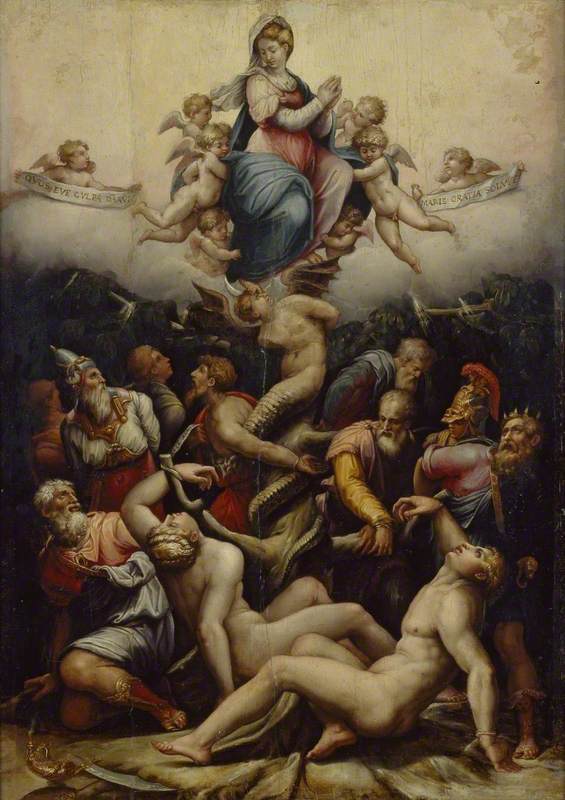
Image credit: The Ashmolean Museum of Art and Archaeology
An Allegory of the Immaculate Conception c. 1540
Giorgio Vasari (1511–1574)
The Ashmolean Museum of Art and ArchaeologyNo longer the cocky young artist eager to take on the world, this Vasari – now in his 60s – is struggling to finish a third edition of Lives at the same time as embarking on the greatest challenge of his career: the design and fresco for the interior of Brunelleschi's great dome in the cathedral of Florence. Painting 10,000 square feet of domed plaster will be an arduous and daunting task. As Michelangelo once wrote to Vasari: 'Fresco is no work for older men.' The scene is set for a battle between humility and pride, a coming to terms with his own legacy, both as a writer and an artist.
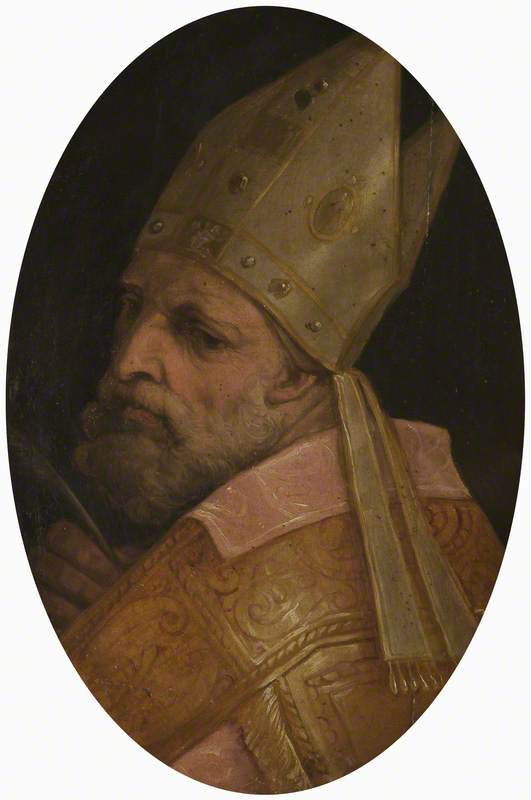
Image credit: National Trust Images
The Head of a Bishop (possibly Saint Ambrose or Saint Donato) 1569
Giorgio Vasari (1511–1574)
National Trust, Tatton ParkWith his eyesight failing, no heir to hand onto, and the hounds of history at his heels, Vasari would not finish his final work. He would get as far as peopling heaven with glorious figures of Christ and his angels. But, always, down below, hell was waiting.
Sarah Dunant, writer, broadcaster and critic
'Renaissance Man: The Last Judgement of Giorgio Vasari', a series of three radio plays written by Eileen Horne and created by Eileen Horne and Sarah Dunant, premiered on BBC Radio 4 in July 2019.






